Compost vs. Topsoil (Which Do You Need & Why?)
There’s a difference between compost vs. topsoil. They are both helpful to gardeners but have entirely different uses. We’ll explain those differences.
And before you dole out some cash, let’s figure out which you should use and when.
Although compost and topsoil may look similar, they’re entirely different products.

It can be confusing to know which one is right for the job you’re trying to complete, so let’s break things down.
What is compost?
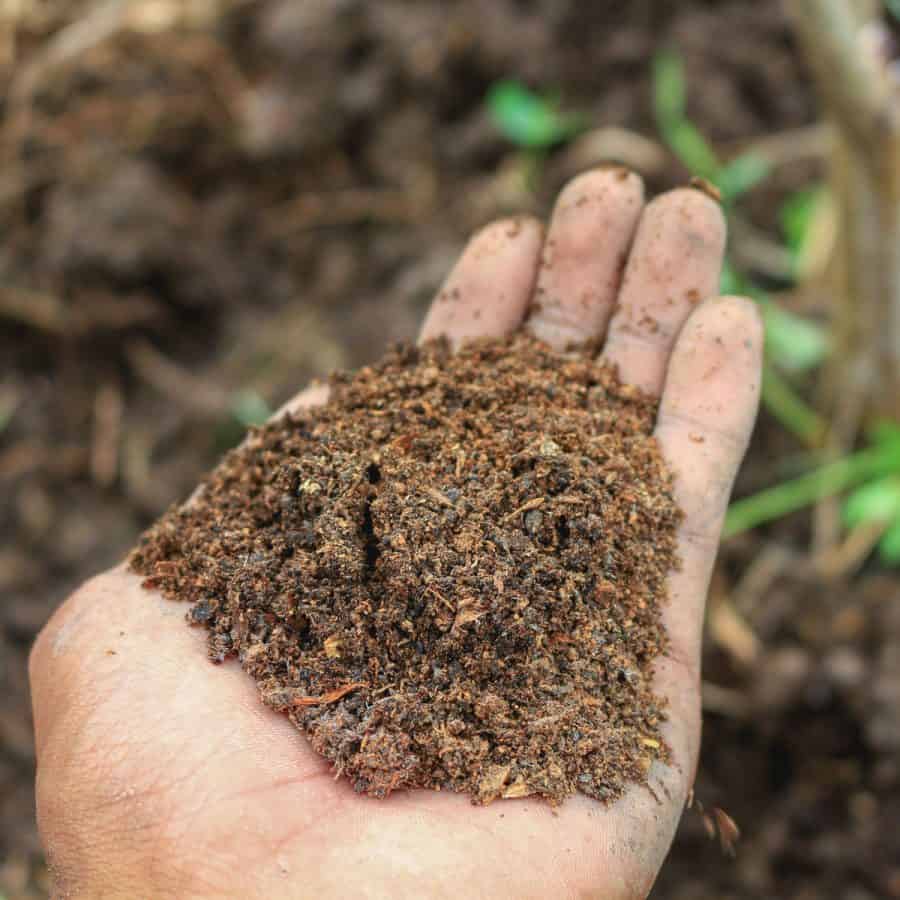
Compost is made from decomposing organic materials like grass clippings, food scraps, yard trimmings, and more.
As these items break down, they turn into a nutrient-rich soil amendment used as a natural fertilizer in vegetable gardens, flower beds, and more.
Compost has a few other perks for the home gardener, too. It’s one of the best ways to increase water retention, improve the structure of your garden soil, and increase how much your plants produce.
Plus, you can make your own compost in your backyard! That’s what we have started doing and what led me to this research. We actually have both a large compost pile, and we are working on building DIY compost bins.
However, if you don’t want to start your own compost pile, it can be purchased in bags at your local garden center or by the yard at soil processing facilities.
You may notice different types of compost, like organic compost or fish compost. These options are all rich in vital nutrients and are a great addition to your garden soil.
What is topsoil?

Topsoil is the very topmost layer of soil on the earth. It was made over thousands of years as stones break down into tiny grains and plants and animals decay.
It is made up of varying amounts of silt, sand, clay, and organic matter, depending on where you live.
Unless you live in a brand-new house, your yard already has a layer of topsoil.
You may have been noticing issues with areas where the soil seems hard, or you notice the ground just isn’t absorbing much water.
If that’s the case, you may need to amend your soil with good-quality top soil.
It can be really helpful to take some time to figure out which type of topsoil you have. For example, you might have clay, sandy soil, or loam in your existing soil.
Each of these different soil types needs something different. Sometimes you’ll need to add new soil; other times, you’ll need to add something like mulch or compost.
Don’t forget to Pin it for later!

If you need to freshen up your yard or plant a new lawn, head to your local home improvement store to purchase topsoil in plastic bags.
Or get cubic yards delivered directly to your home from a local soil facility.
Compost vs Topsoil: What’s the Difference?
There are some key differences between topsoil vs. compost. Let’s break them down to help you identify the right product for your situation.
How Compost and Topsoil Is Made
Although compost and topsoil are nutrient-dense soil products, they come from entirely different places.
Compost is made by breaking down organic matter and kitchen scraps into a light, fluffy layer.
Topsoil is produced by removing the upper layer of soil from the earth’s surface.
How to Use Compost and Topsoil

If you’re trying to loosen up compacted soil, feed your container plants, or set up healthy gardens, you most likely want compost.
Compost can take care of all of these needs. Most gardeners top-dress their perennials, plants, and flowers with compost at least once per year.
This article explains about the pros and cons of composting, if you’d like to learn more.
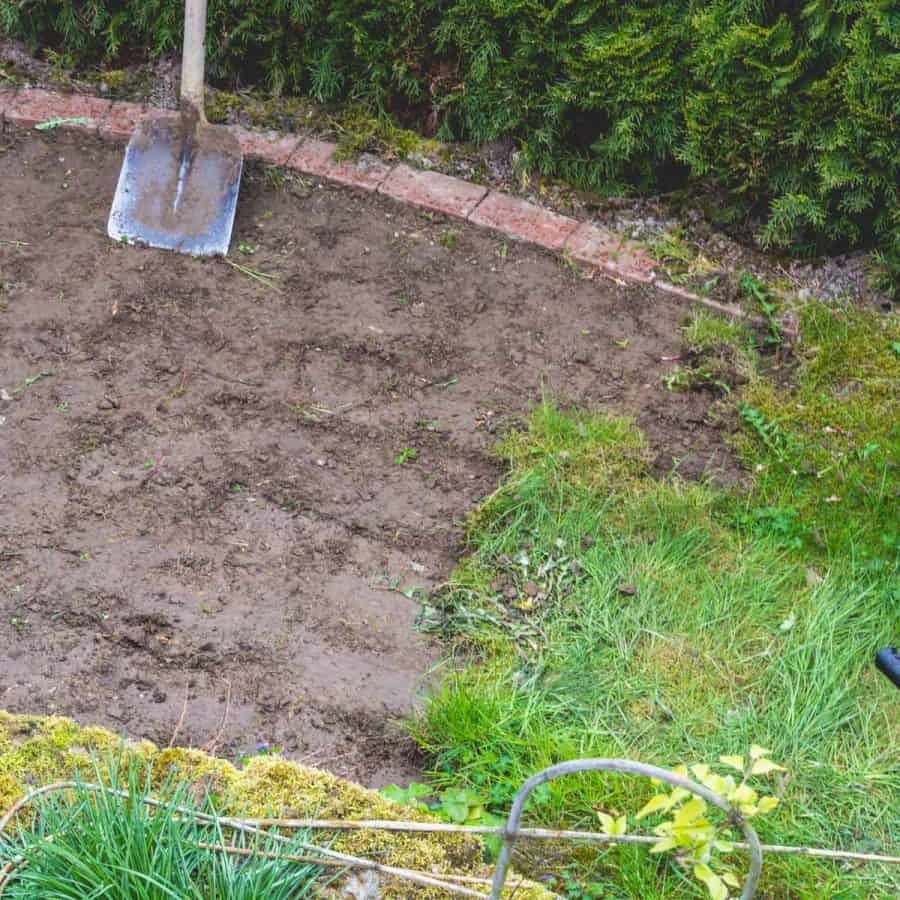
Topsoil, on the other hand, is usually used to start a new yard or to repair poor soil in your backyard.
You can sprinkle it over the top of the soil in your yard. Over time, it will break down and send nutrients directly into the ground.
Topsoil is also commonly used to start a new garden bed as it is the perfect, rich growing medium for vegetables and flowers.
Most raised bed gardens are filled with a mixture of topsoil and compost to support healthy plant growth.
However, topsoil is usually only added once to a garden bed and then fed with organic compost each following year.
Environmental Impact
Compost is one of the best things you can do to support your garden and minimize food waste.
Instead of sending vegetable scraps to landfills where they release harmful methane, you can turn them into food to nourish your garden plants.
On the contrary, topsoil is less sustainable. It takes thousands of years for the earth to create topsoil, and it’s essential to growing crops.
It’s better to maintain your topsoil instead of adding new, although that’s only sometimes an option.
For the least amount of impact, learn how to take care of the topsoil in your yard. For example, you can feed your topsoil by adding cow manure, compost, or mulch.
Over time, these will break down to thicken the layer of topsoil, send nutrition to the plants, and help your soil hold just the right amount of water.
Which is better: topsoil or compost?
Unfortunately, it takes a lot of work. Both compost and topsoil are essential to any vegetable garden or healthy yard.
For example, topsoil naturally includes decomposed compost. On the other hand, the organic materials in compost will continue breaking down to thicken the layer of topsoil in your yard.
Most people need a balance of these products for the best results.
Where to buy compost And topsoil
These products are readily available in plastic bags at garden centers.
These can be of varying quality, so it’s essential to read the labels to understand precisely what you’re buying.

If you have a big project like setting up new planting beds or laying new turf, I recommend you order in bulk.
Compost and topsoil come in cubic yards, which you can order from your local soil processing facility. You’ll pay less overall and avoid plastic waste.
In general, you use topsoil to improve lawns and start garden beds.
Compost is used to add nutrition to your garden and can also be used to help feed your lawn.
By the way, this article explains about all the different methods of composting.
FAQs For Compost vs Topsoil
Is it OK to use compost instead of topsoil?
Although compost and topsoil look similar, they are entirely different types of products. Together, they are the foundation for very healthy plants and lawns.
They aren’t perfect substitutes for each other. For example, adding only compost to your garden beds may add too much nutrition and burn the plants.
On the other hand, topsoil may not have enough nutrition to sustain healthy plant growth. You need a balance of both compost and topsoil.
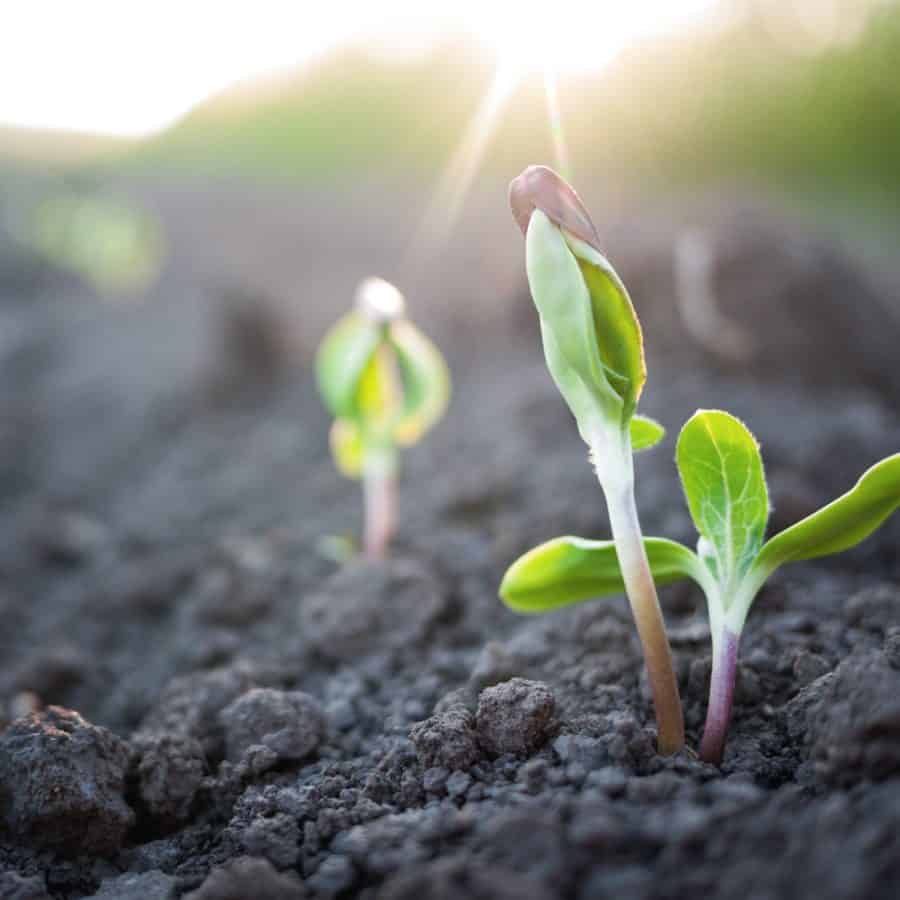
Do plants grow better in soil or compost?
You’ll notice your plants starting to thrive when you add compost to your lawn, flower beds, or garden.
Think of soil as the basic structure of your garden bed. It allows water to drain at the right speed and holds your plants in place.
Soil has some nutrition, but compost adds enough nutrients to keep your plants thriving all season.
Is compost better than topsoil for existing lawn?
You can use either compost or topsoil to amend your current lawn.
If you have patchy grass, dry, or compacted soil, add topsoil to promote new plant growth, improve water retention, and add some aeration.
Since compost will feed your plants and improve the quality of your soil over time, you can also use it to nourish your underperforming lawn.
Both of these products are important to home gardeners. They each have pros and cons; as you can see, they are sometimes used together like starting new garden beds.
In general, just remember that topsoil is usually for lawns and compost will help you grow healthier plants. Happy Planting!
Don’t forget to Pin it for later!


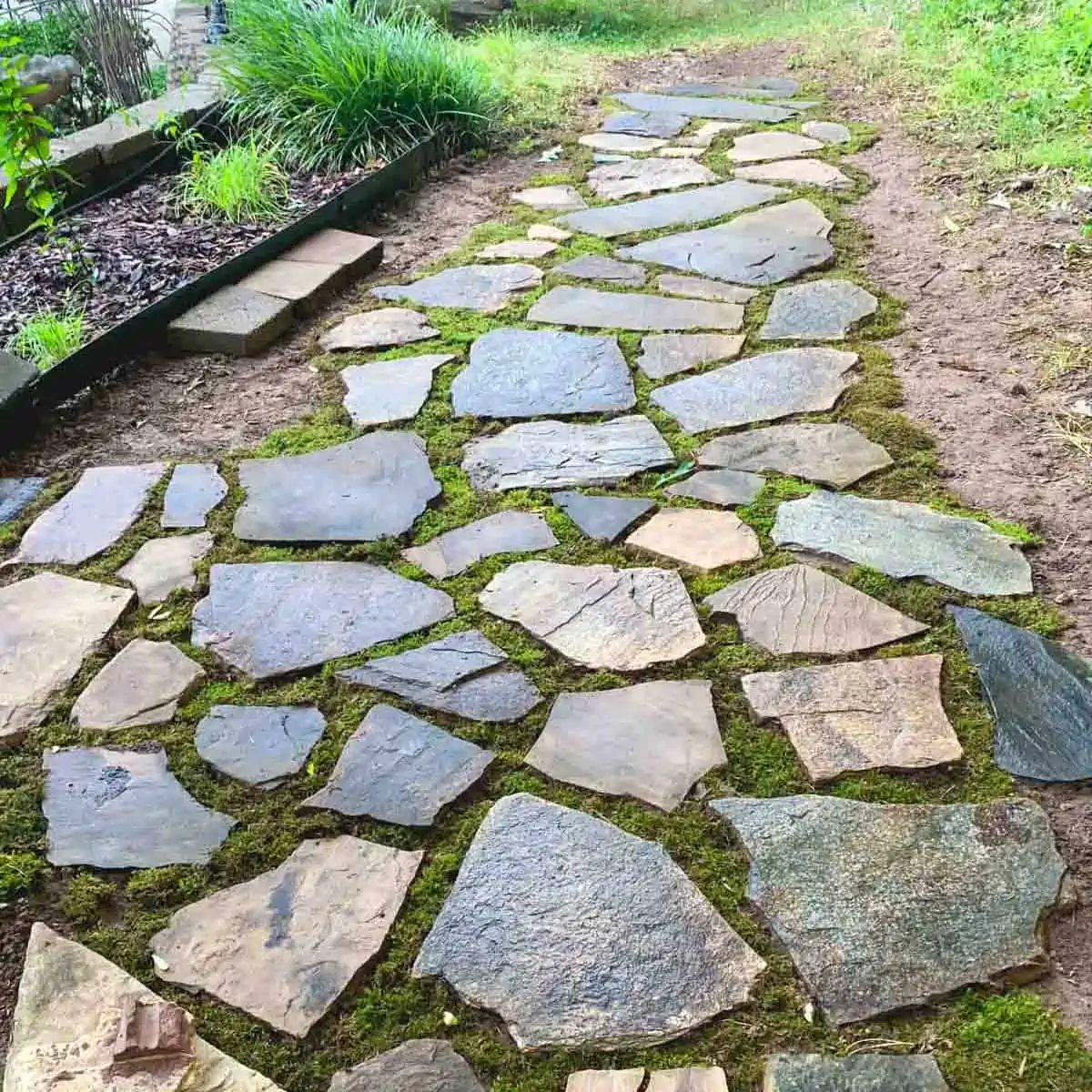

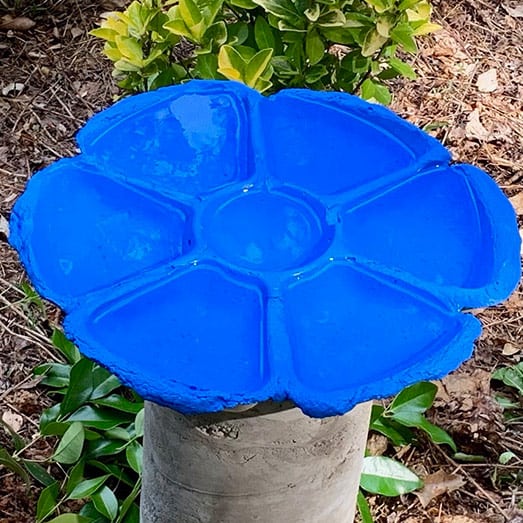


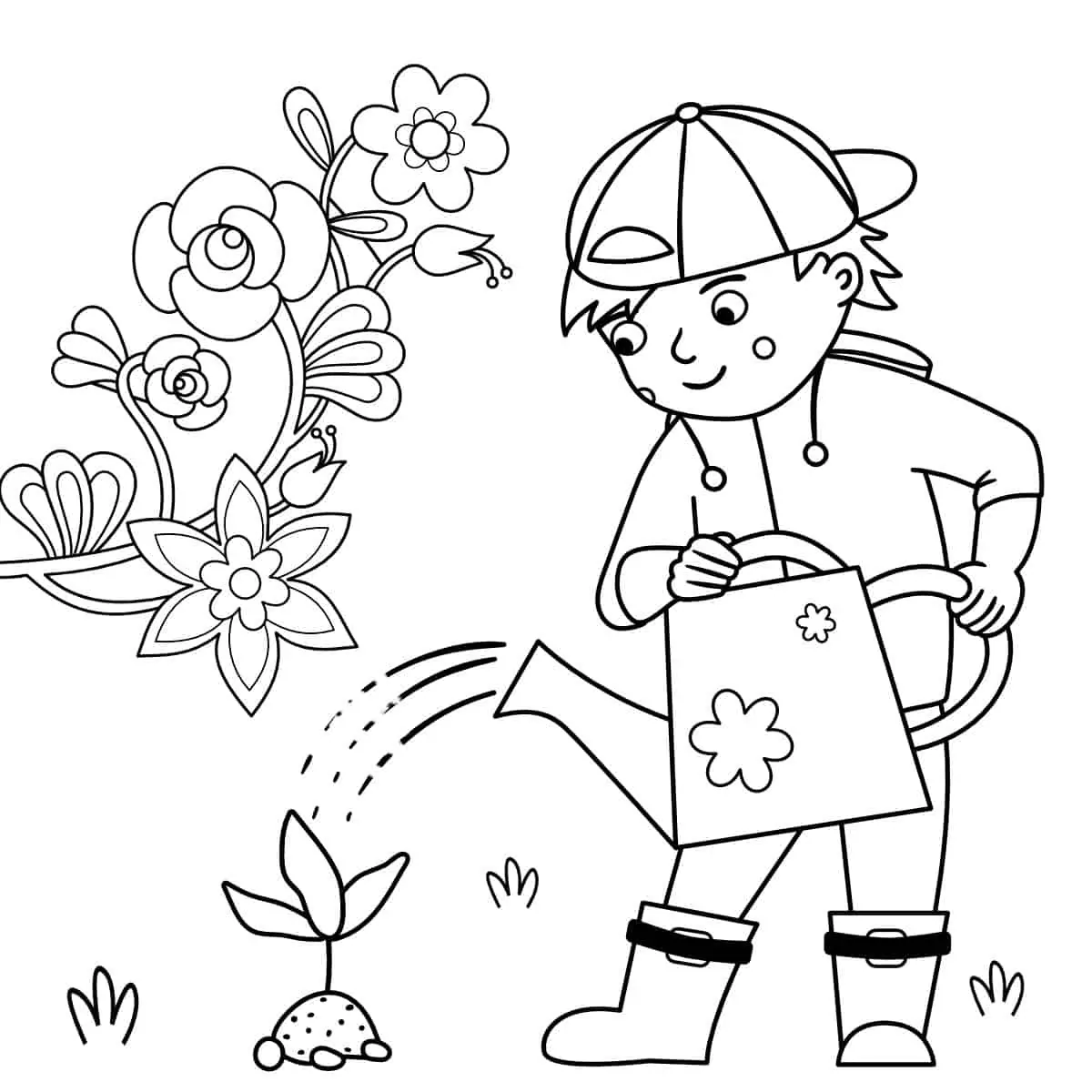
Thanks for this information, Ellen. I, too, have been confused about each of their uses and I really needed this help.
You’re welcome Jessica!